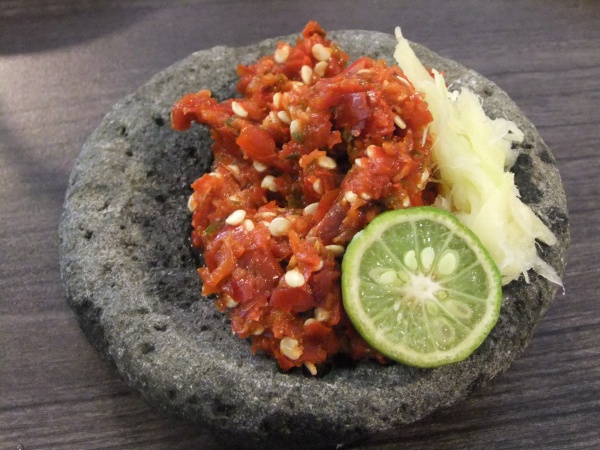Facts About Sambal
Sambal is a cherished Indonesian chili sauce or paste, crafted from a blend of chili peppers and other aromatic ingredients such as shrimp paste, garlic, ginger, shallots, scallions, palm sugar, and lime juice. It is a staple condiment not only in Indonesia but also in Malaysia, Sri Lanka, Brunei, and Singapore.
The history of sambal dates back to the 16th century, when Portuguese and Spanish explorers introduced chili peppers to Southeast Asia during the Columbian Exchange. Prior to this, the region's cuisine was spiced using native ingredients like cabya.
In Indonesia alone, there are over 212 different types of sambal, with the majority originating from Java. Sambal can be either cooked or raw. Cooked sambal is more prevalent in western Indonesia, while raw sambal is favored in the east. Traditionally, sambal is prepared fresh using a mortar and pestle, though prepackaged versions are also widely available in stores.
Each region has its own unique version of sambal. For example, in Malaysia, sambal belacan is a popular variant made by pounding chilies with shrimp paste. Sri Lanka also boasts its own renditions, such as sini sambal and pol sambal. Beyond serving as a condiment, sambal is frequently used as an ingredient in various dishes, particularly in Padang cuisine where it is known as "balado."

 Germany
Germany